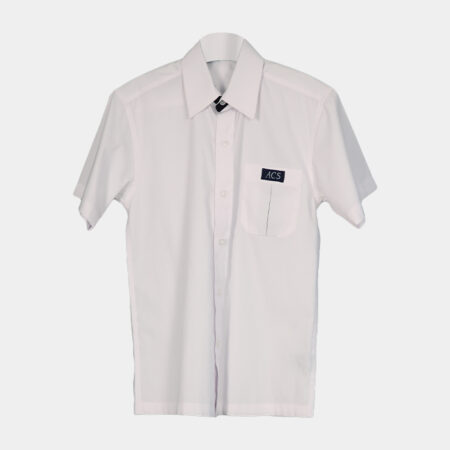In today’s fast-paced world, the life cycle of clothing has become increasingly short. The rise of fast fashion has led to a culture of disposability where clothing is worn briefly and then discarded. This has not only led to an excessive waste problem but also hidden environmental costs, such as increased energy consumption and pollution. The good news is that there are ways to change this narrative. By learning how to care for and extend the life of your clothing, you can reduce your environmental footprint and save money in the long run.
Understanding Fabric Types
Before we delve into the specific care practices, it’s crucial to understand that not all fabrics are created equal. Different types of fabrics have distinct characteristics, and knowing how to handle them appropriately can significantly impact the longevity of your clothing.
Cotton is a popular natural fiber, and while it’s comfortable and breathable, it is also prone to shrinking. To care for cotton clothing, wash it in cold water and avoid high-heat drying.
Wool is another natural fiber known for its warmth. However, it can be susceptible to stretching and felting. When caring for wool garments, it’s best to hand wash them in cold water or use the delicate cycle on your washing machine.
Synthetic fabrics like polyester and nylon are durable and easy to care for, but they are prone to pilling. To prevent this, wash synthetic clothing inside out and avoid overloading the washing machine.
Silk is a delicate natural fiber, and it’s essential to use a gentle detergent when washing silk garments. Hand washing is often the best approach to preserve their quality.
Blended fabrics, like cotton-polyester blends, combine the benefits of multiple materials. However, they may require specific care that considers the properties of each fabric.
Always check clothing labels for care instructions. These labels are your best guide to preserving your garments.
Sorting and Storage
Before you even start the laundry process, proper sorting and storage can make a significant difference in how long your clothing lasts. Begin by sorting your clothing into categories like whites, darks, and colors. Sorting helps prevent color bleeding and ensures that you use the right water temperature and detergent for each load.
When storing clothing, make sure it’s clean and completely dry. Moisture can lead to mold and mildew, which can damage fabric and cause unpleasant odors. Use appropriate hangers to hang clothing, ensuring they don’t stretch the fabric or leave shoulder bumps. For items that should be folded, like knitwear, use acid-free tissue paper between folds to prevent creases.
Consider using garment bags for more delicate or special occasion items. These bags protect clothing from dust, moths, and other potential hazards. Avoid hanging heavy garments on wire hangers, as they can cause stretching and deform the fabric.
Washing and Drying
When it comes to washing and drying your clothing, there are several tips to follow that can extend the life of your garments.
Washing
Choose the right water temperature and detergent for the fabric type. For instance, use cold water for most fabrics, but warmer water for heavily soiled items like bedding or kitchen towels. Always measure the detergent to avoid overuse, as excess detergent can leave residue on your clothing.









